The problem: Marine pests on the move
Marine pests, including Mediterranean Fanworm, Asian kelp, and Exotic Caulerpa, are a growing concern. These invasive species cling to hulls, anchors, and other underwater gear, travelling far beyond their native ranges. “They can stow away as larvae, juveniles, or fragments and cause havoc in the coastal areas we love,” says Sam Happy, marine biosecurity advisor at Auckland Council.

Hull grooming: A clean hull is a happy hull
For moored boats, hull grooming is a game-changer. This involves regular antifouling and cleaning, with particular attention to niche areas like props and keel bulbs.
“The Level of Fouling (LOF2) scale is an essential tool for boaties,” explains Happy. “If you’re nearing LOF2, it’s time for a clean. Ensuring your hull has no more than a light layer of slime means you’re good to go wherever you are.”
Boaties planning a trip should prioritise a clean hull, whether heading to a nearby island or venturing further afield. “Just like mice or skinks can stow away, marine pests can travel with you without you even realising,” adds Happy.
Marinas set the bar
Some marinas, especially in Northland, Coromandel, and Bay of Plenty, enforce strict hull hygiene standards. For example, Whitianga Marina requires proof of antifouling within six months or a lift-and-wash within one month for boats coming from pest-infected areas. This ensures pests like Mediterranean fanworm don’t establish themselves in local waters.
Failing to meet these requirements could result in being turned away or asked to haul out on arrival, so preparation is key.
All craft have a role
Marine biosecurity isn’t just for yacht owners—trailer boats, jetskis, and kayaks play a role too. Anchors, chains, and other in-water gear can carry invasive species, even in tiny fragments.

Sam Happy emphasises the importance of thorough cleaning: “Check your gear before you move locations. Any weed should be bagged and binned, or if that’s not possible, returned to the same spot it came from.”
Exotic Caulerpa: A rising threat
The spread of exotic caulerpa is a top concern for biosecurity experts. If you’re visiting areas where it has been found, research is crucial. Understand the restrictions, including no-anchor zones, and know what to do if you encounter it. Biosecurity NZ provides detailed information to help boaties navigate these challenges.
Staying Informed
Kiwi boaties can access resources on marine pest rules and tips for maintaining hull hygiene at marinepests.nz/rules.
This guide has been brought to you by marine biosecurity partnerships across New Zealand’s Top of the North and Top of the South regions. Let’s work together to keep our waters pest-free and beautiful for generations to come.












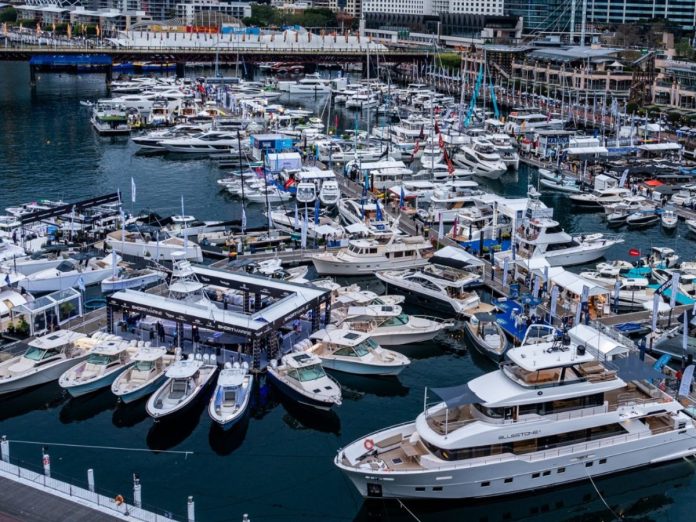

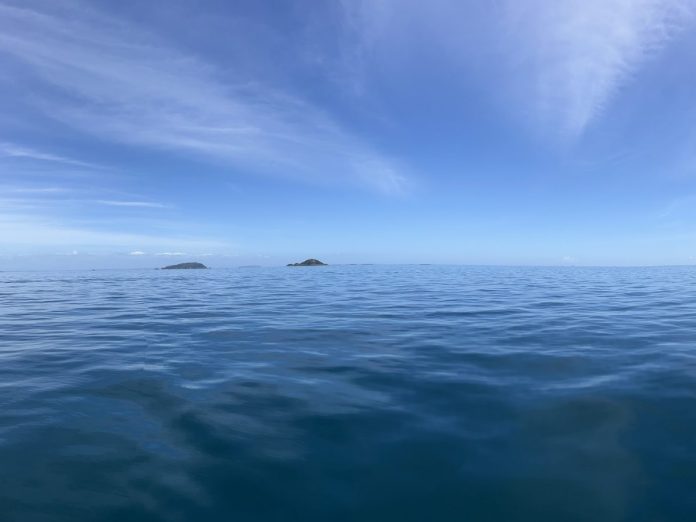




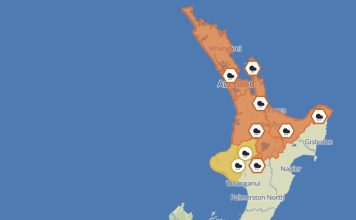
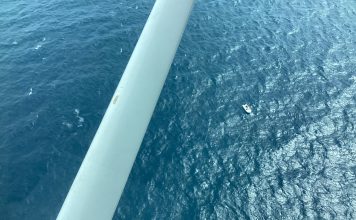
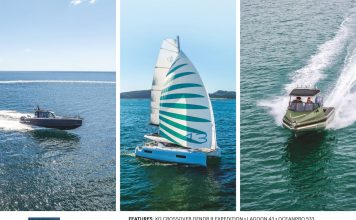
It’s very hard to get a ferrocement boat out to clean hull and do basic maintenance eg through hull fittings zinc blocks it’s near impossible for me to get my boat out and the insurance companies that use to deal with ferrocement boats have all pulled out of the new Zealand market so how dose one get on